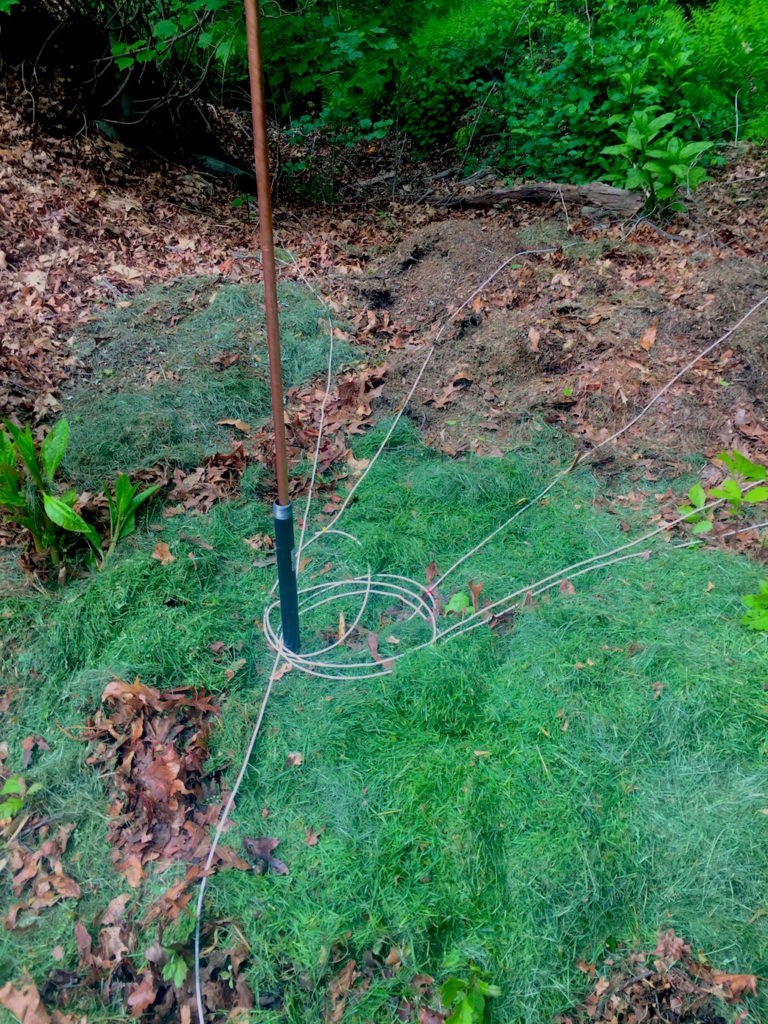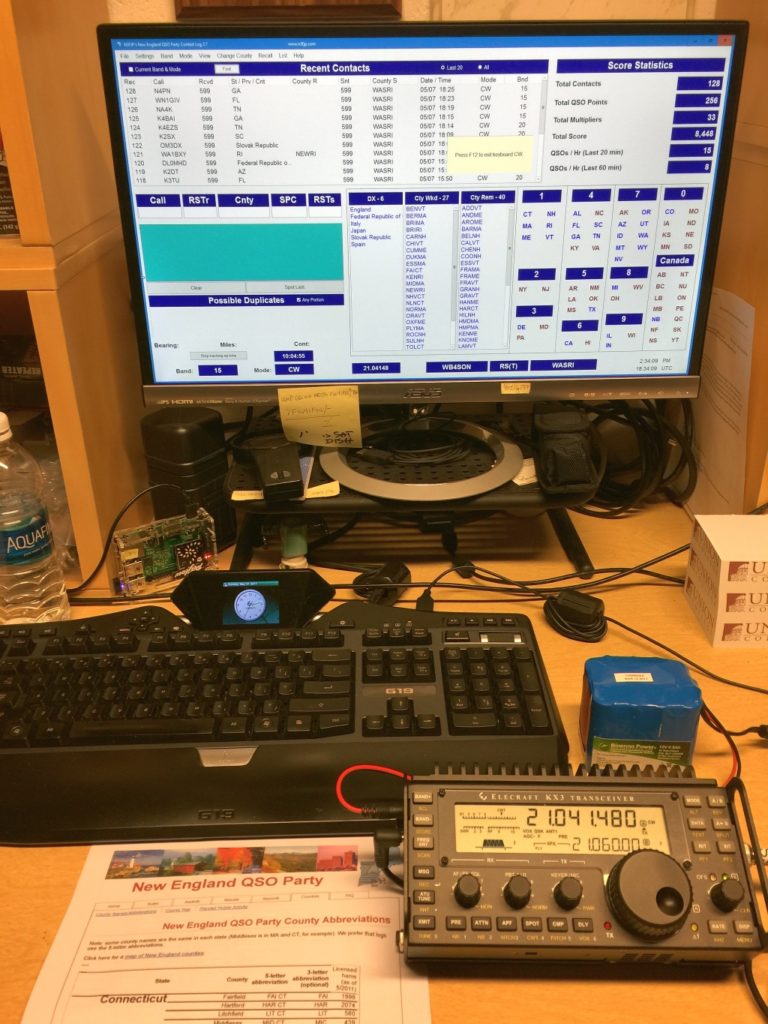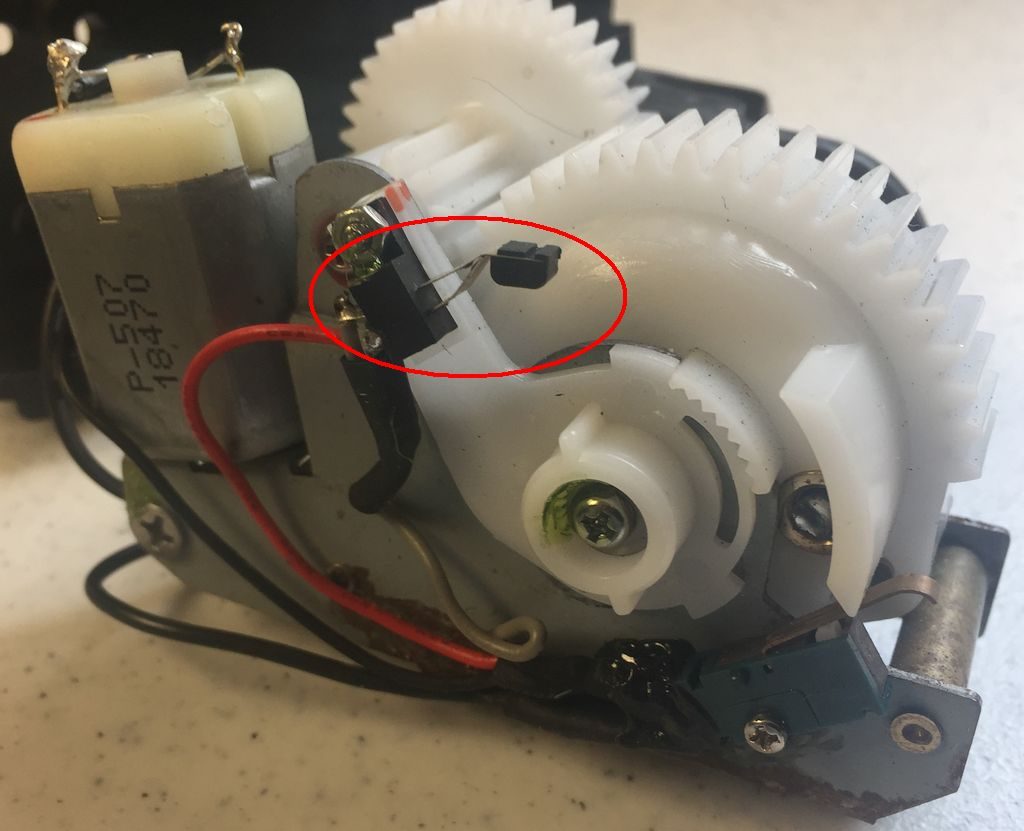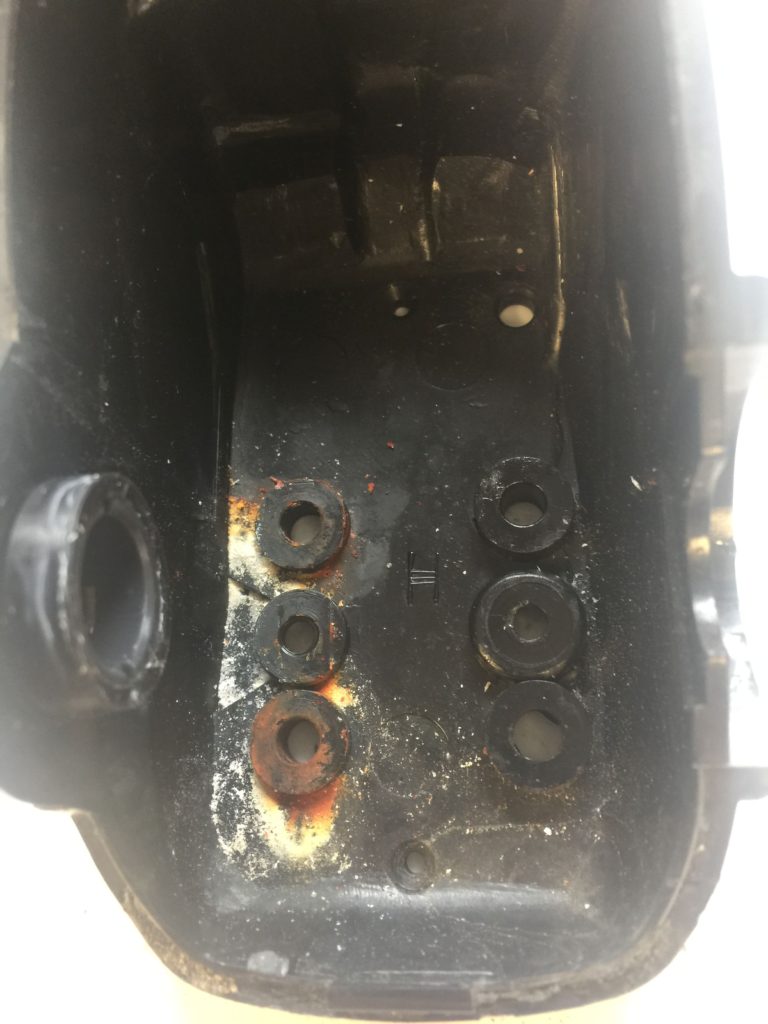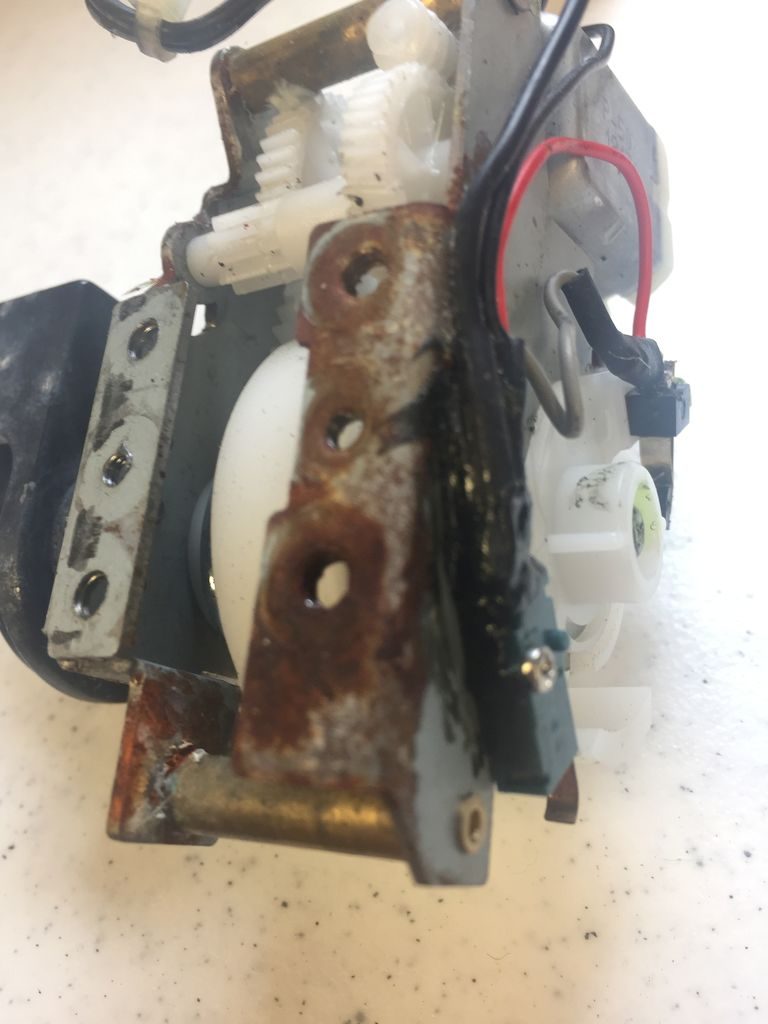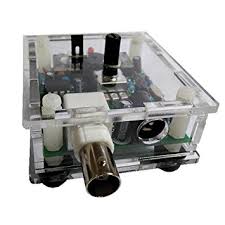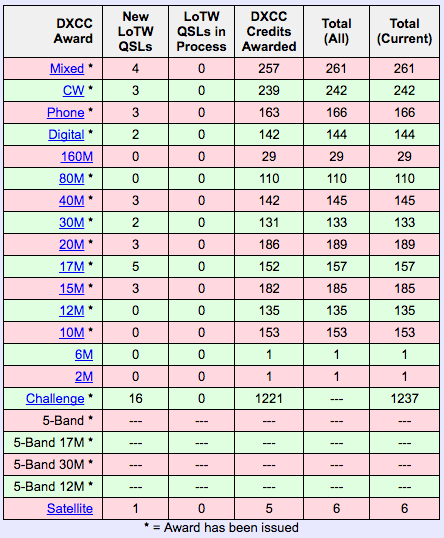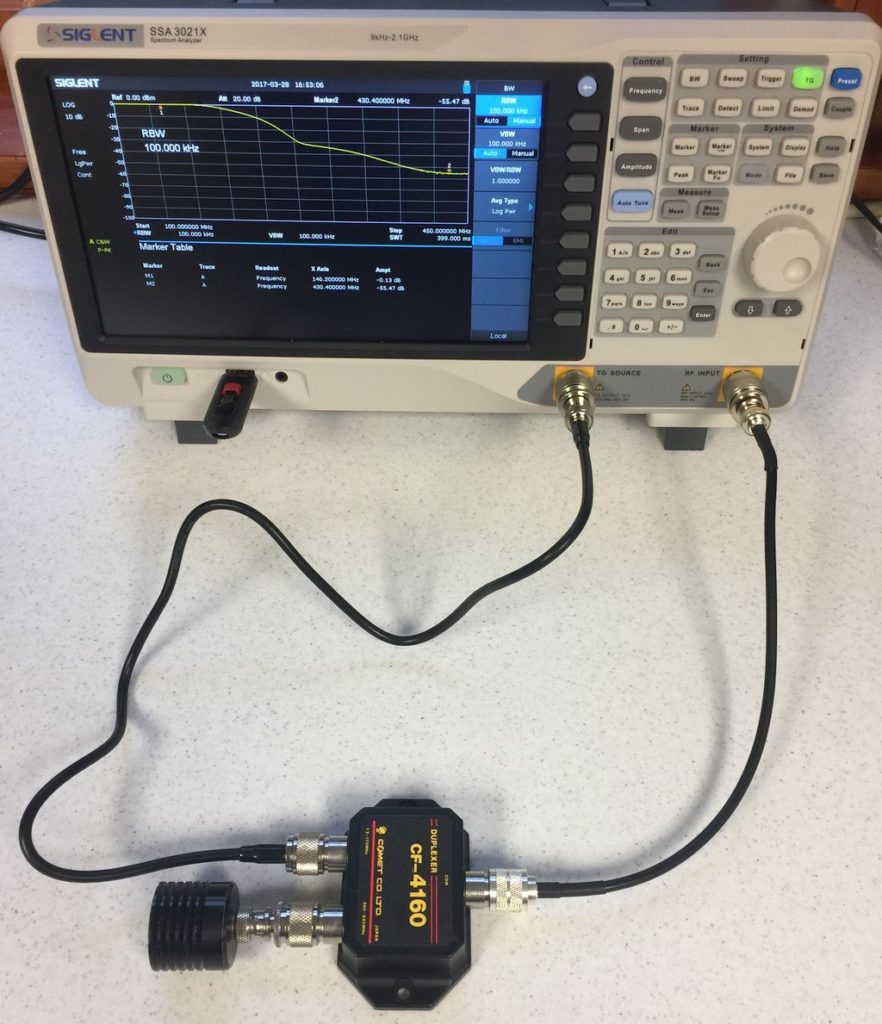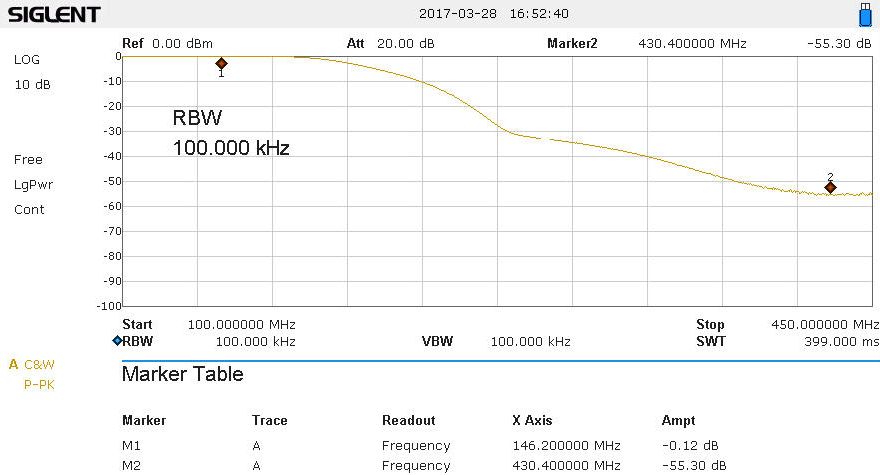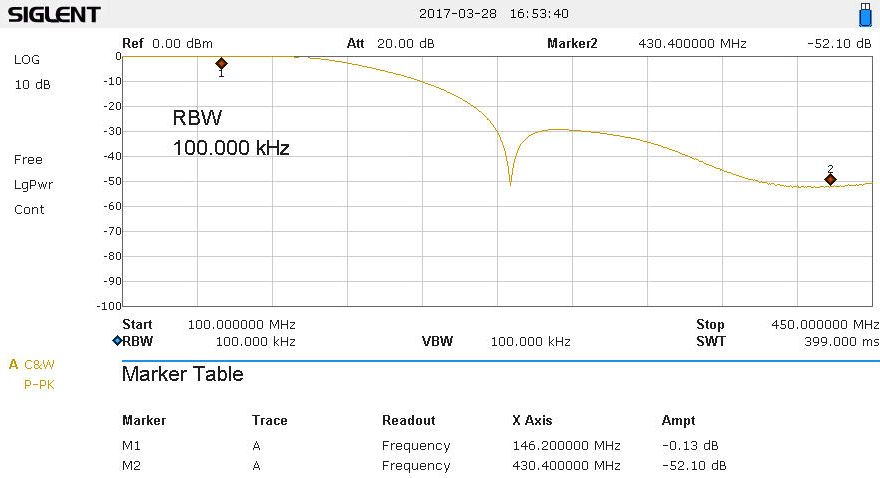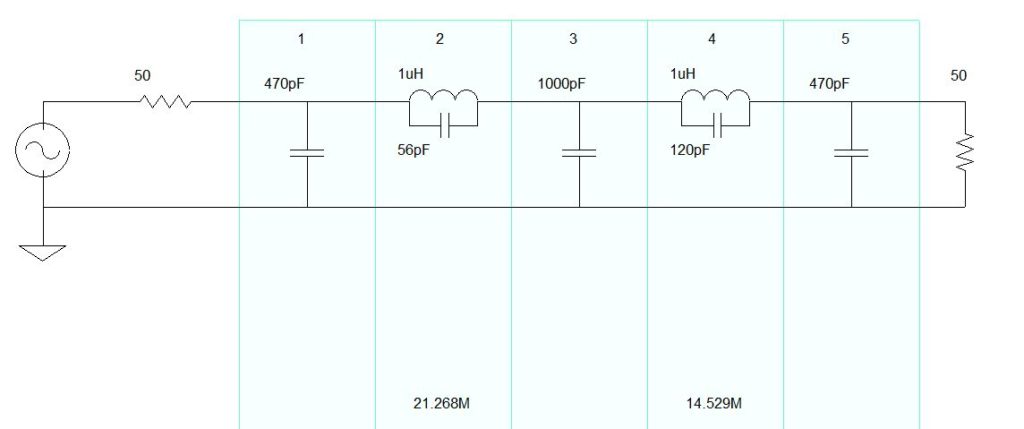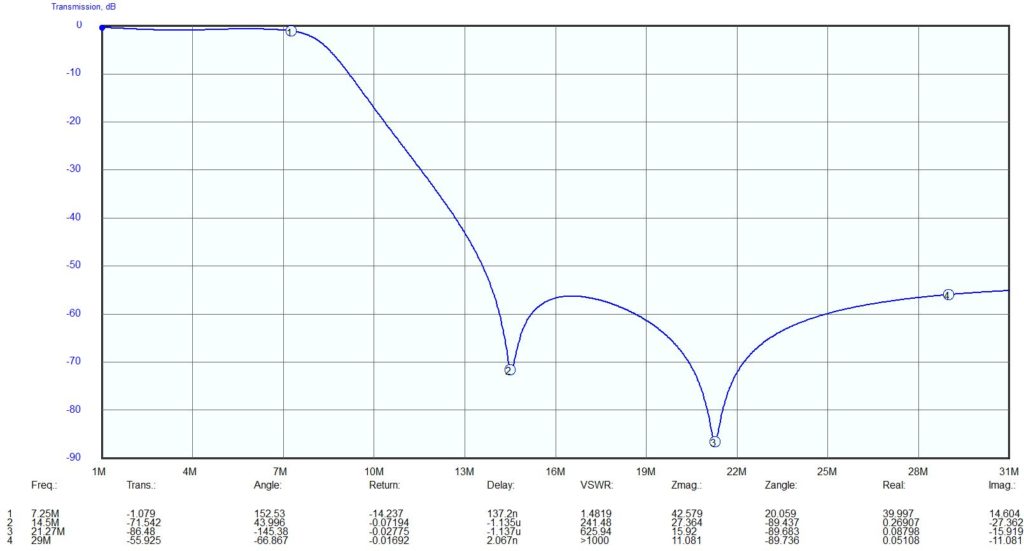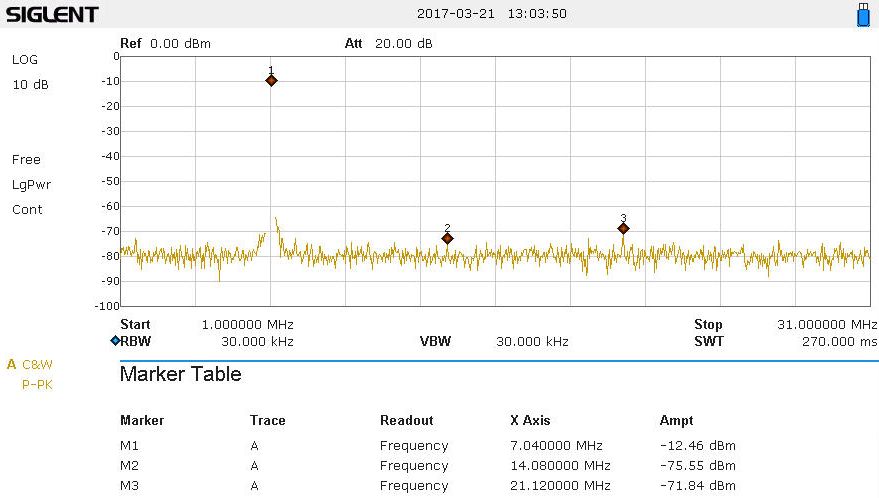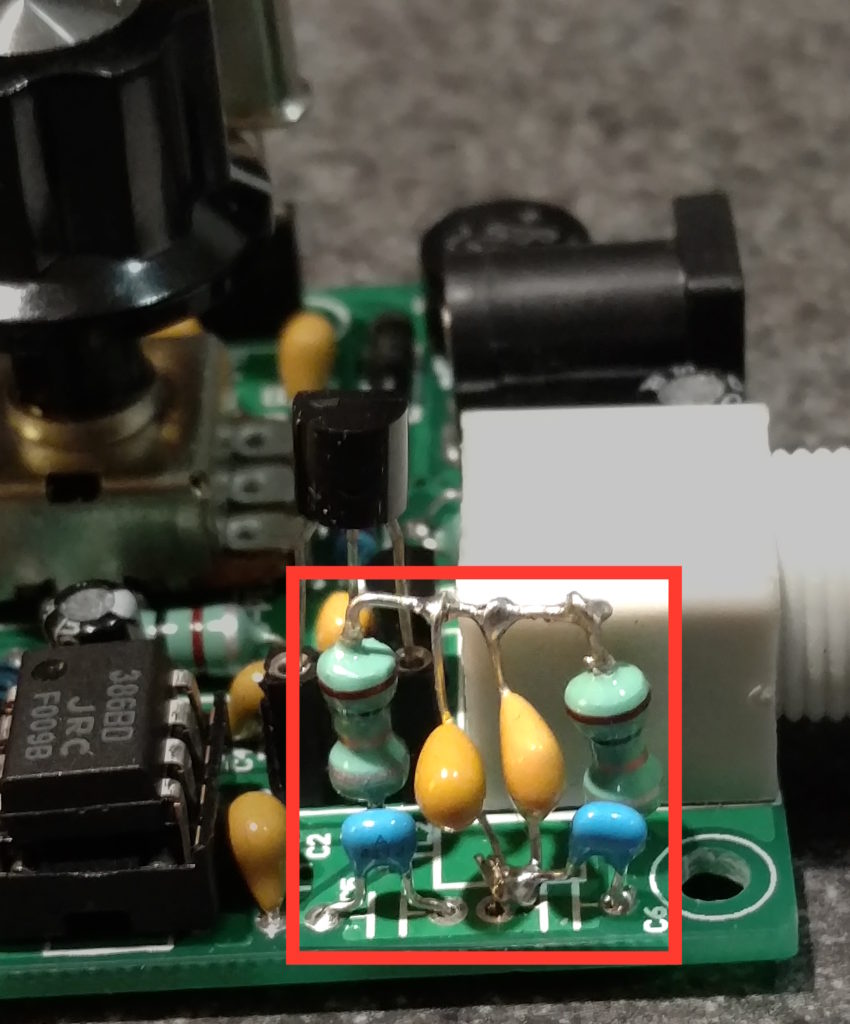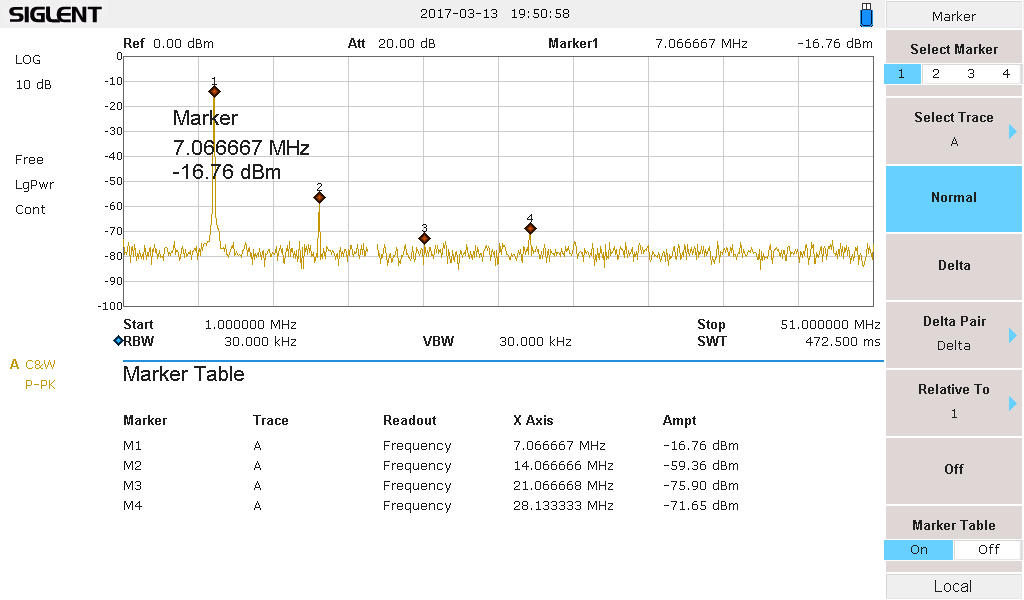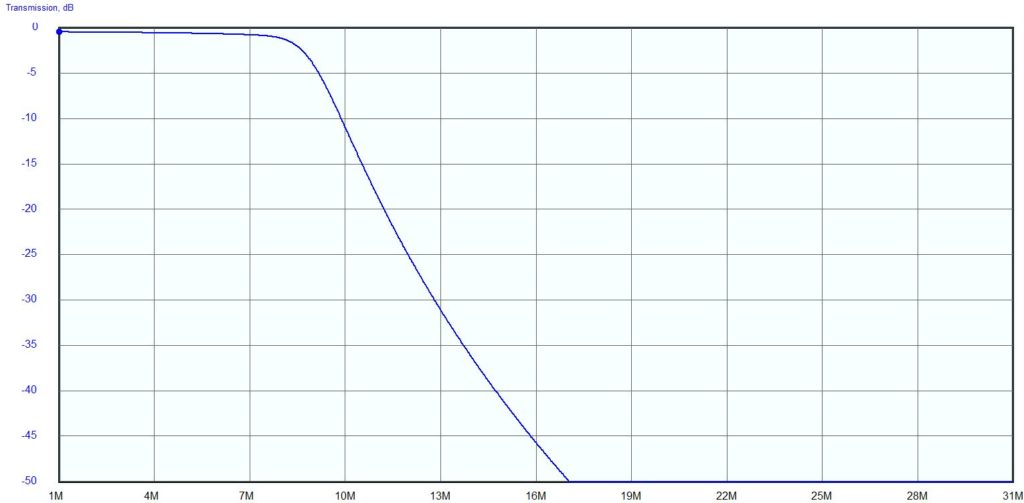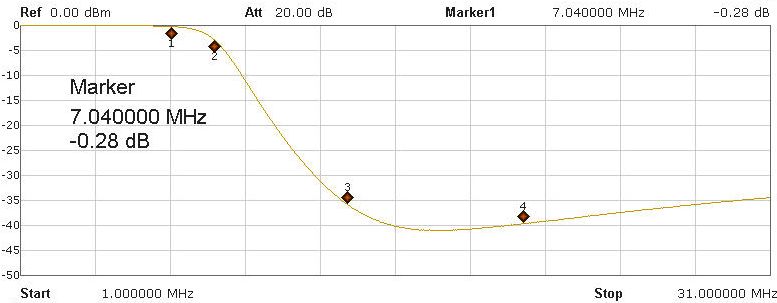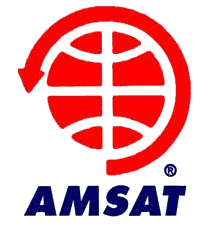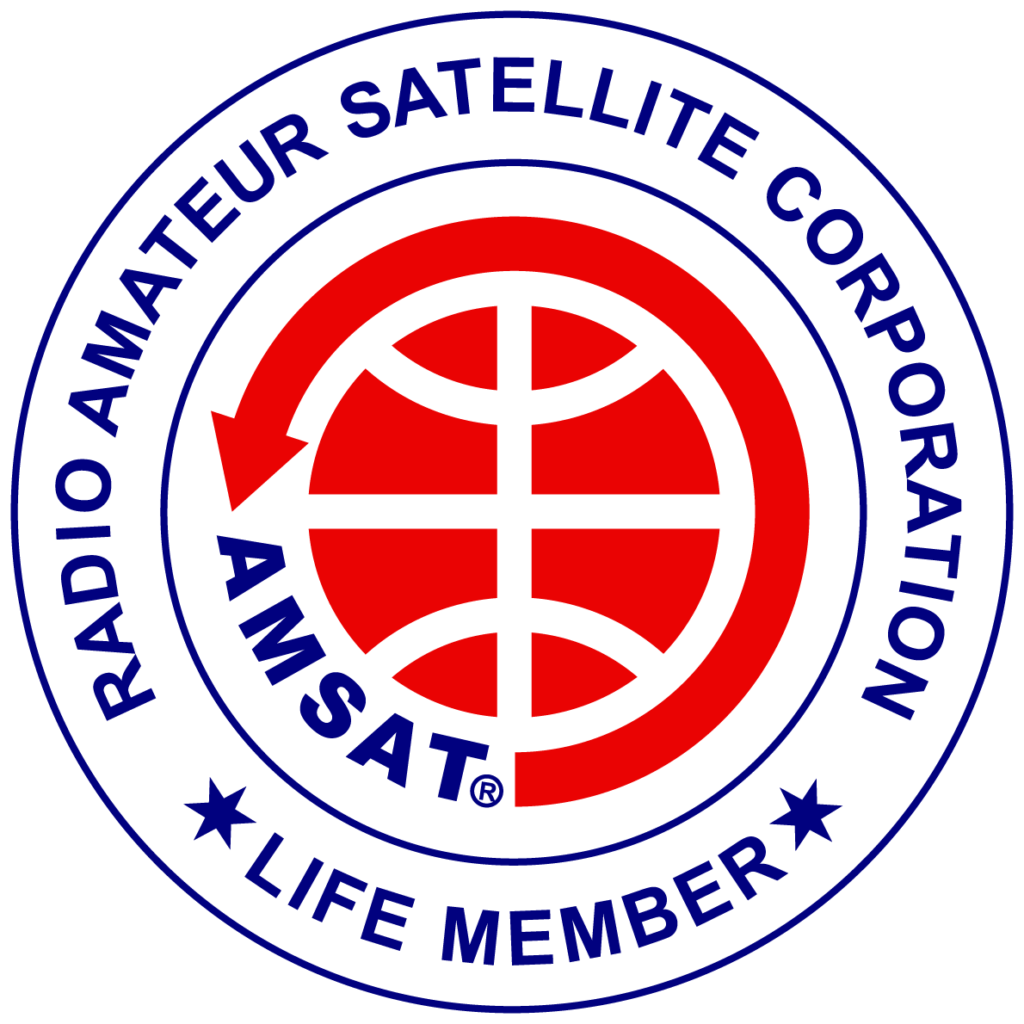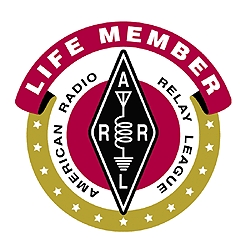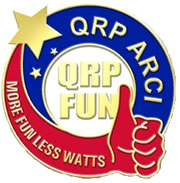I’ve been using a low loop, about 450 feet of wire, around 20 to 30 feet off the ground for years. It worked well for me, enabling me to get 9-band DXCC and 8-band WAS. But the sunspots have diminished, and longer wavelength bands are coming into their prime. I’d really like to get DXCC & WAS on 160 meters. A low loop is a cloud warmer at that frequency.
The new plan is to install an inverted-L antenna. It will have a 55 foot vertical element, then run horizontal to the ground for another 90 feet +/-. That wire will be attached to a remotely tuned L-Network which is coax fed. Since the tuner will present a 50 ohm load on the coax side, the feedline loss will be minimal.
A decent radial system will be required for the Inverted-L to work effectively. So far only 5 radials are on the ground (each 123 feet long), and more will be installed before the first snows this winter. I’m hoping that this start will be enough to give things a try on 160 and 80 meters.

